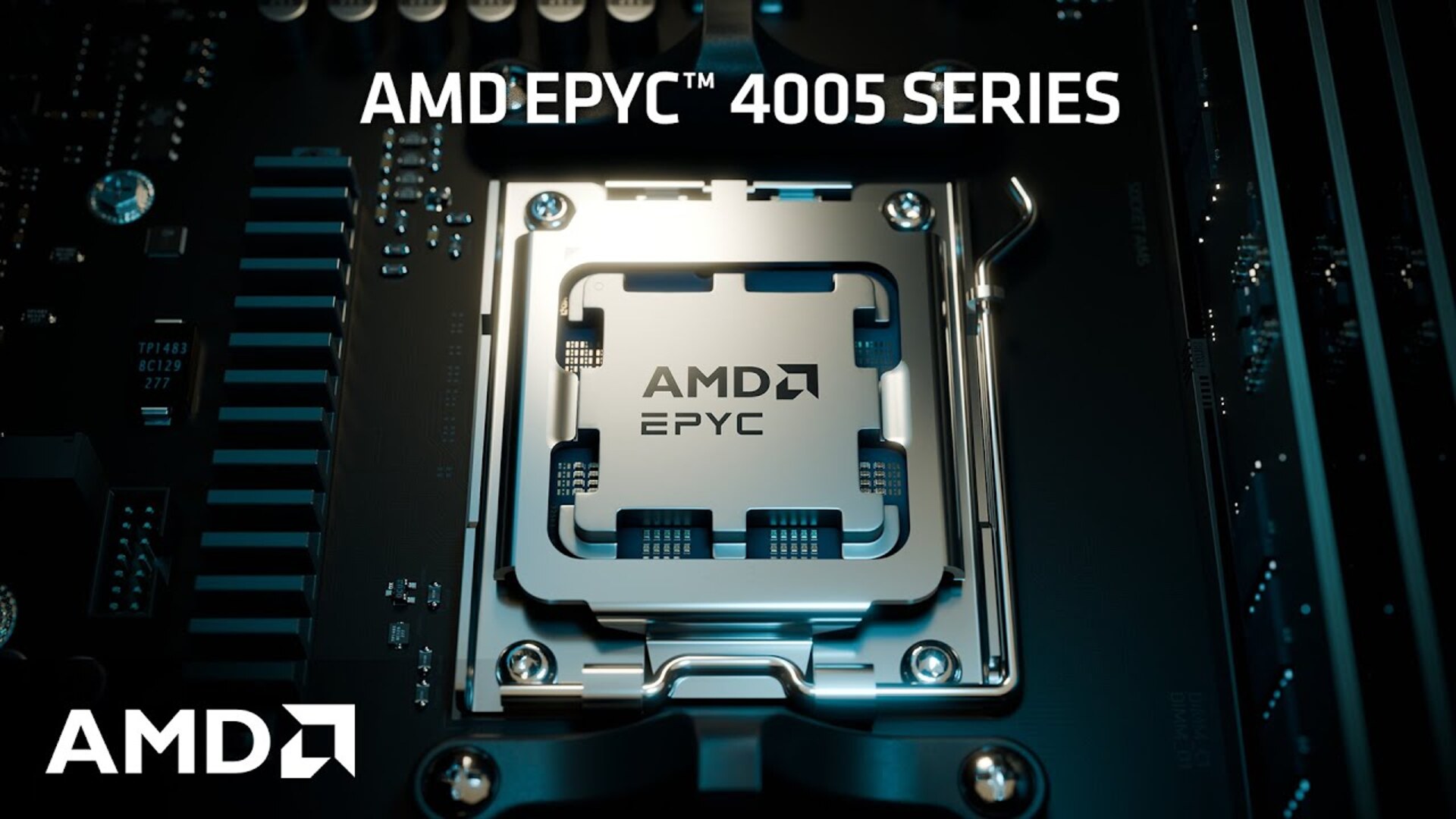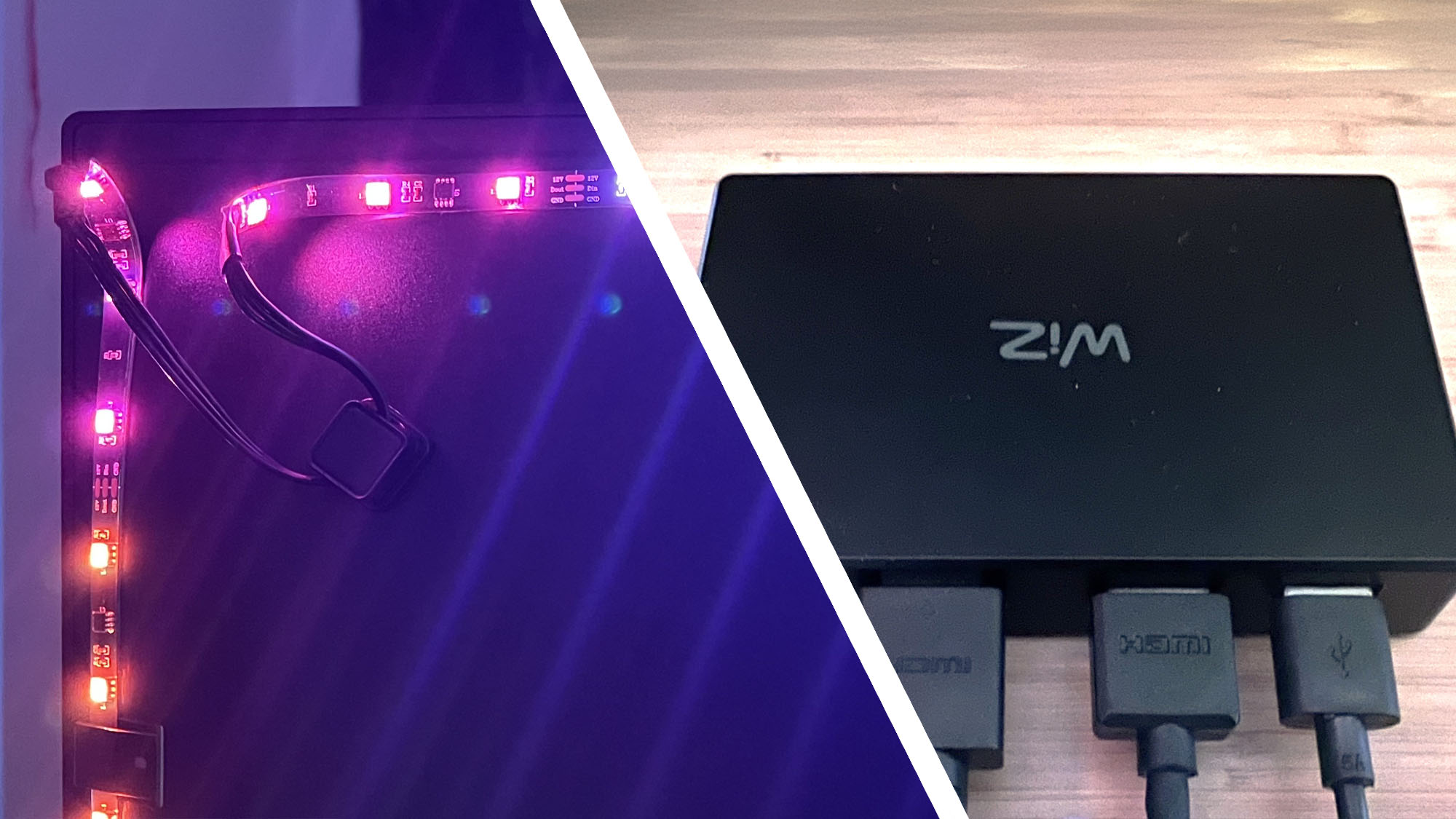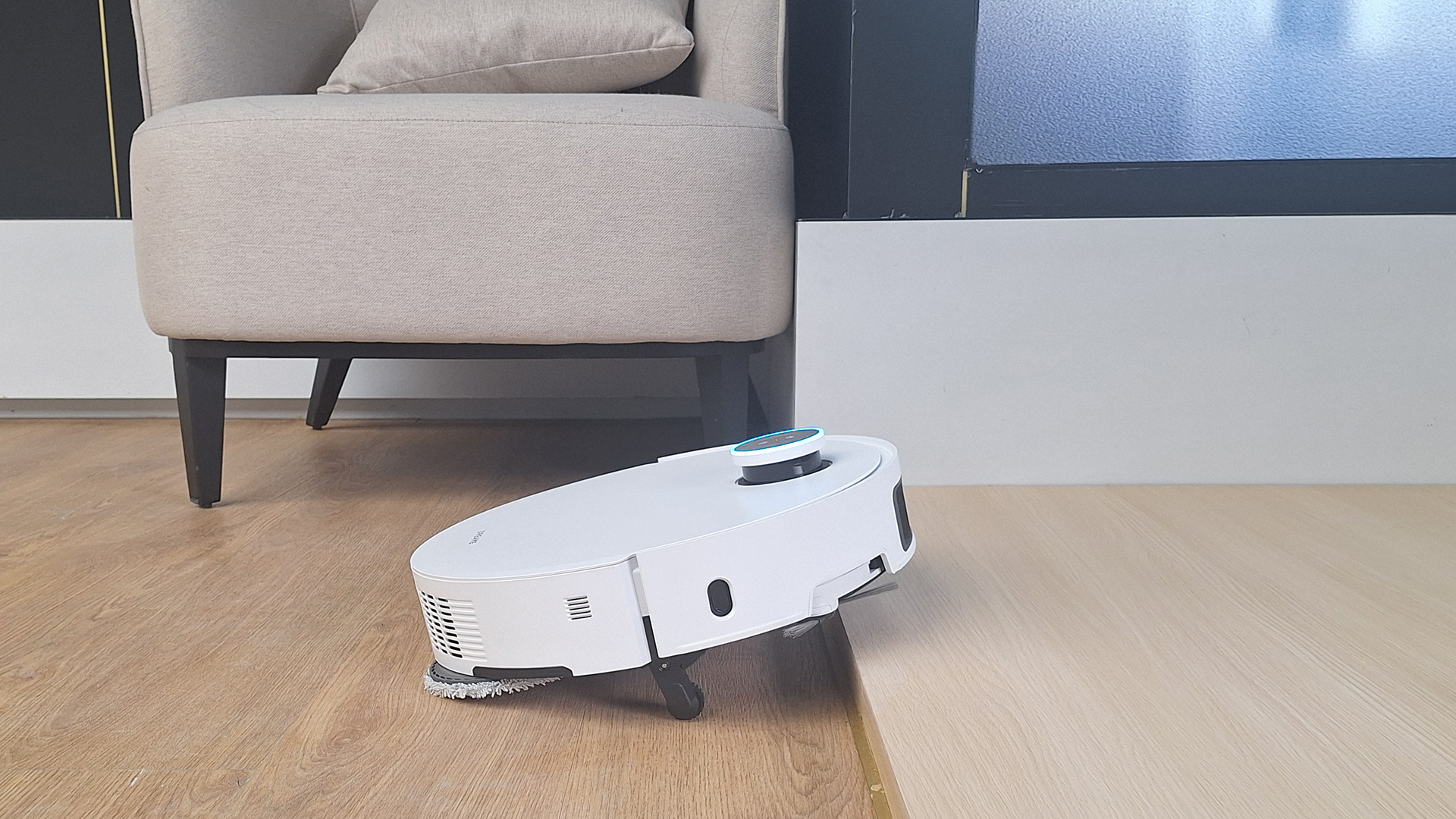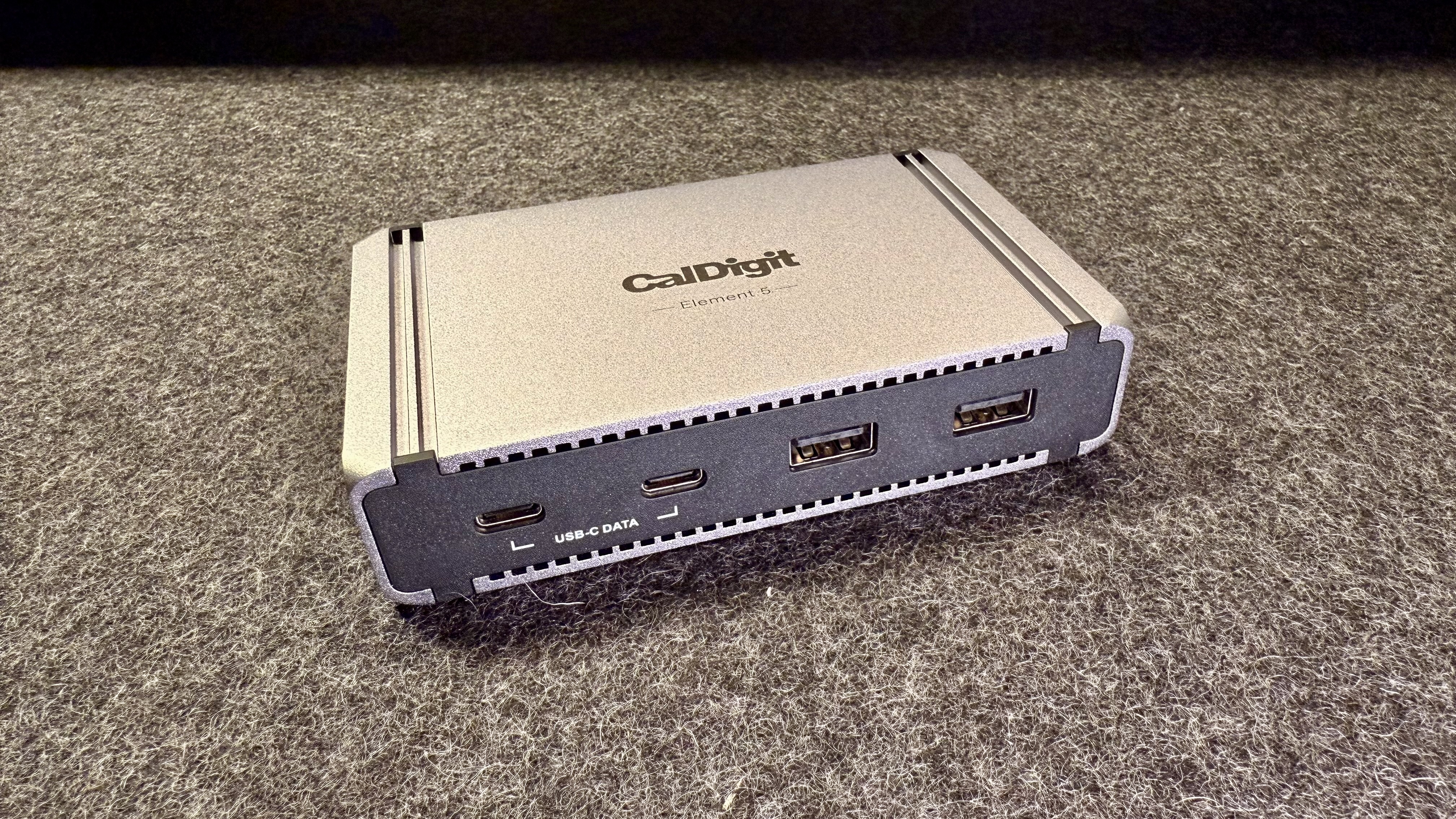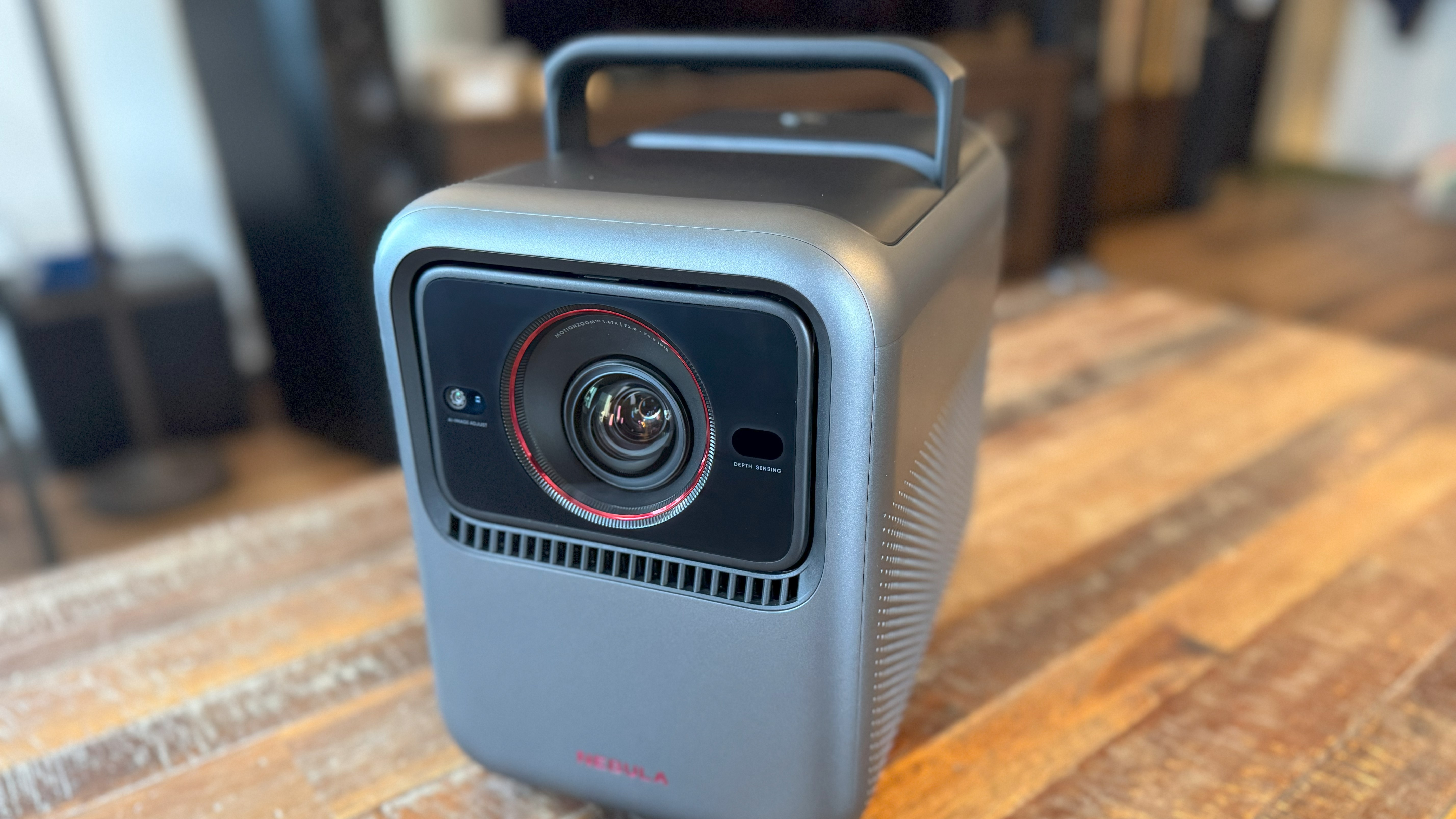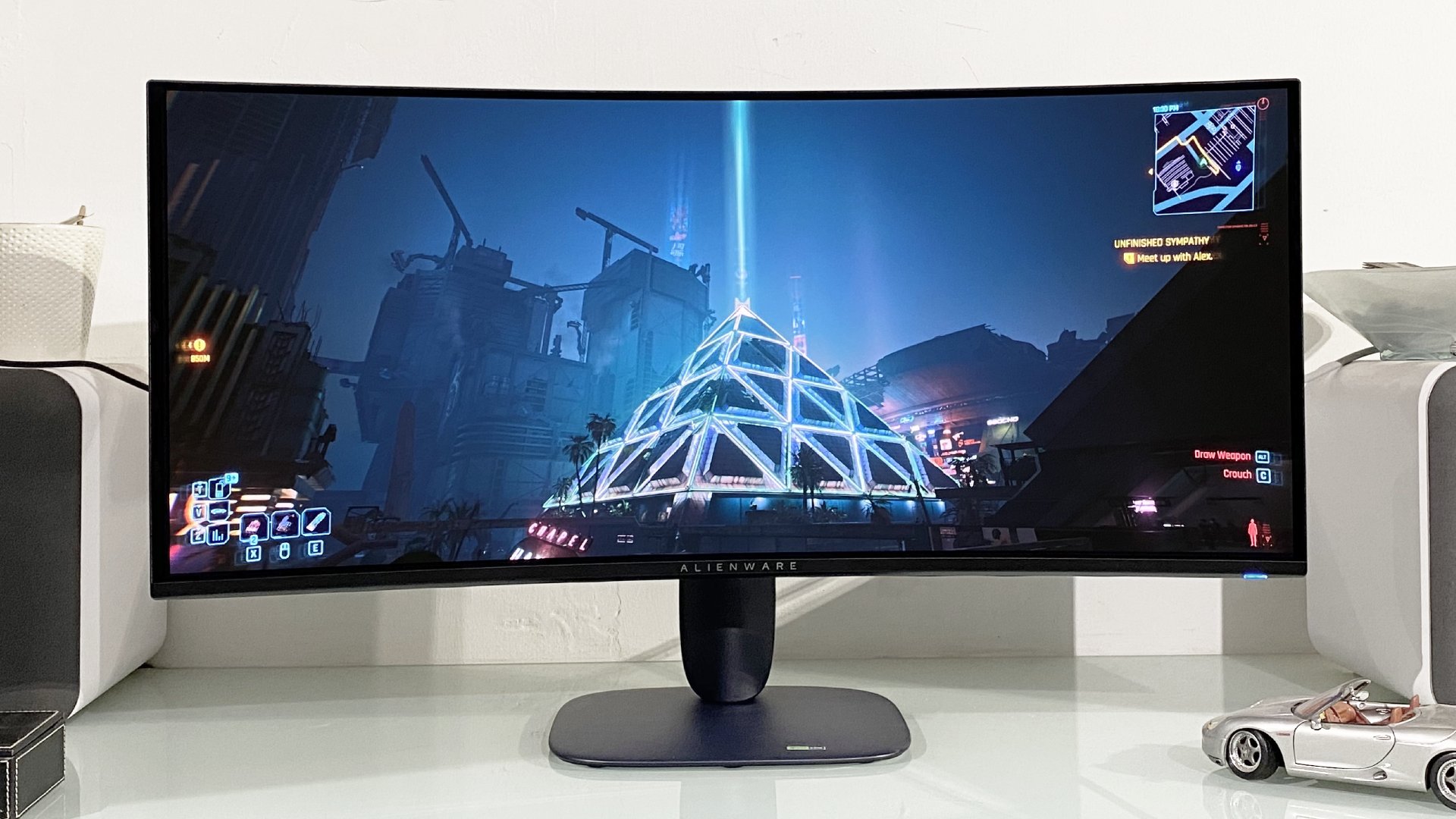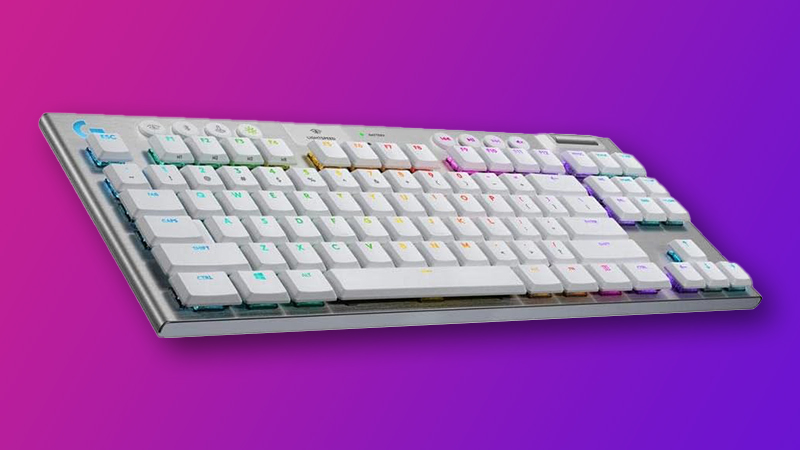Alienware 34 AW3425DW gaming monitor review
Alienware's ultrawide OLED has a new look, but the gaming experience is mostly familiar.
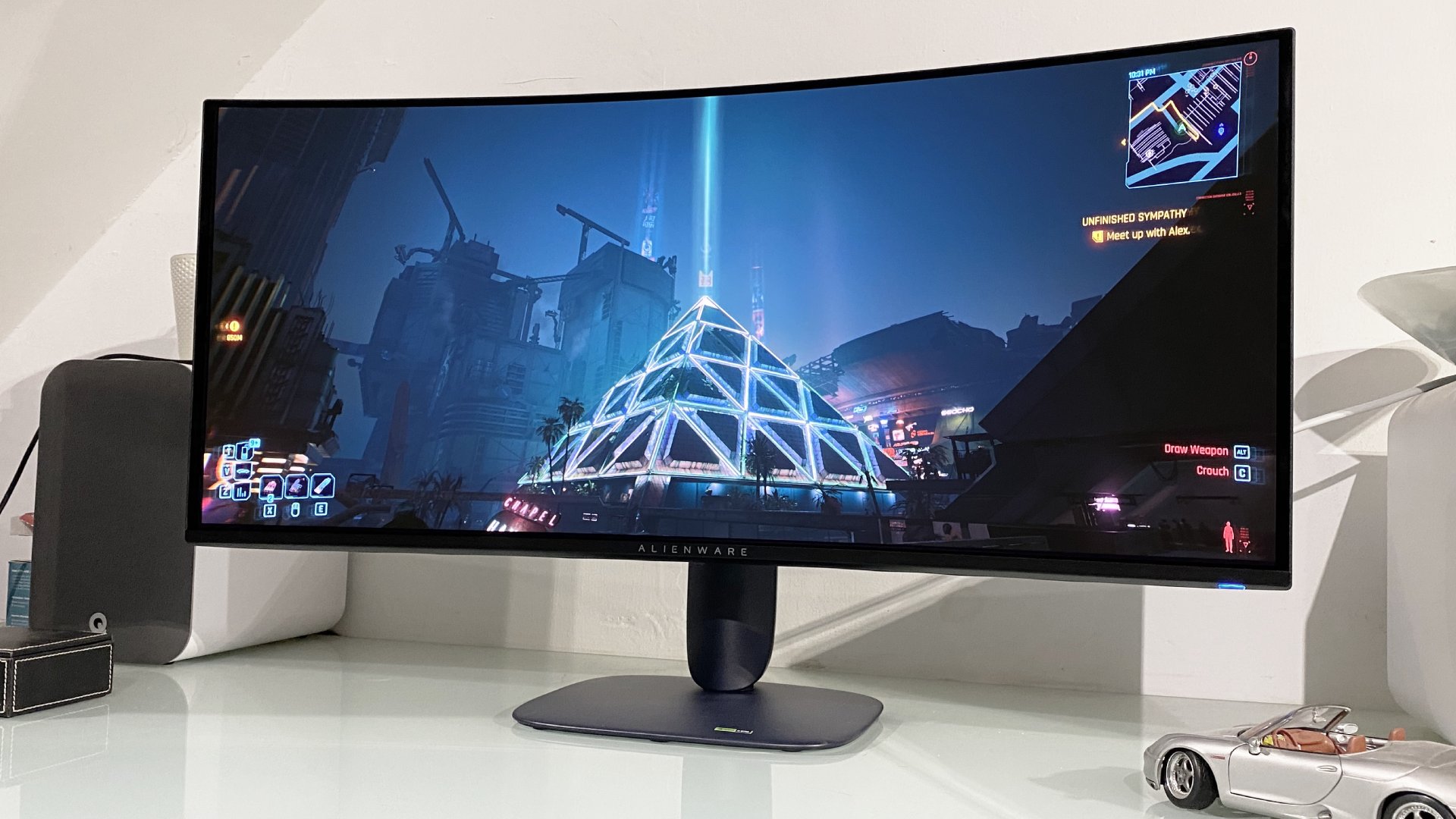
Up front disclosure: I'm a sucker for 34-inch ultrawide monitors, I reckon they're still the sweetspot for sensible-money gaming. With that in mind, you'd think Alienware's newly updated 34-inch ultrawide OLED monitor, the Alienware 34 AW3425DW, is odds on for a very high score.
After all, we loved the OG Alienware 34-inch ultrawide, the Alienware 34 AW3423DW. Its lower priced sibling, the Alienware 34 AW3423DWF, was even better thanks to a glossy panel coating. The new AW3425DW takes things up a notch with an upgrade to 240 Hz from the 175 Hz and 165 Hz of its predecessors while maintaining essentially the same $800 price as the old "F" model (it's actually available for $770 on Dell's website as I tap out these words). What's not to like?
As it turns out, this new Alienware is a little harder to love than its progenitors. Partly, that's because it's actually a bit too familiar, based as it is on the same first-gen Samsung QD-OLED tech as the older AW3423DW that launched over three years ago.
So, it has essentially the same performance characteristics, save for the elevated refresh rate. It even has the same 1800R panel curvature and, thankfully, the same glossy panel coating as the old "F" model. By many measures, that's all good. The 0.03ms pixel response hardly needed improving, ditto the per-pixel lighting control of all OLED monitors. It's so much better than any LCD monitor in that regard, even one with the most advanced local dimming hardware.
Equally, however, there's no improvement to full-screen or peak HDR brightness. The latter is arguably plenty punchy enough at 1,000 nits. But the full-screen brightness of 250 nits is more adequate than excellent, especially in the knowledge of new OLED panel tech from both Samsung and LG that promises to bump that up to the 350 to 400 nit range in the near future.
The carry-over panel tech also means that the various issues remain. For starters, it has the same sub-optimal subpixel structure which means fonts suffer from a little fringing and lack of clarity. Then there's the usual QD-OLED issue with ambient light.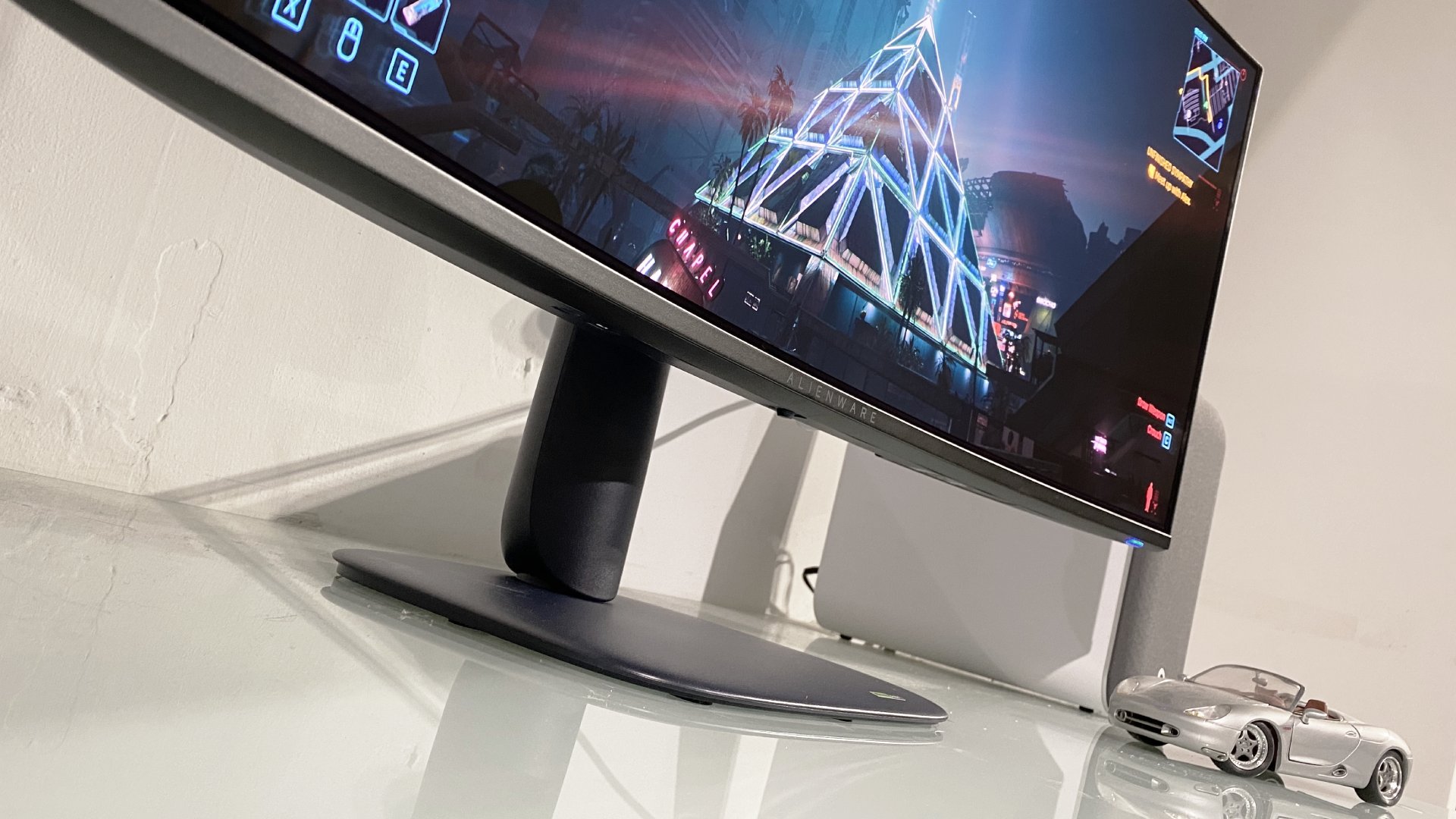
As with all other QD-OLED panels from Samsung, and particularly with regard to models with glossy panel coatings like this one, there's a tendency to look a bit purplish and grey in strong ambient light. If you're only ever going to use this thing in a room with limited ambient light, it's not a problem. But if your desk is near a large window, for instance, the result can be compromised black levels and contrast.
The "QD" bit of the QD-OLED tech, specifically the quantum dots, probably also contribute to the familiar overly warm colour temperature of all these panels. When we first experienced QD-OLED gaming monitors, such minor flaws were easy to overlook in return for incredible response and HDR performance. But three years later, expectations are inevitably higher.
The broader feature set is similar, too. You get DisplayPort and HDMI inputs, for instance, but no USB-C. There's is USB-C on the lower bezel, along with USB-A. But that's part of the USB hub for peripherals. It's not a display input, so there's no single-cable option for laptops.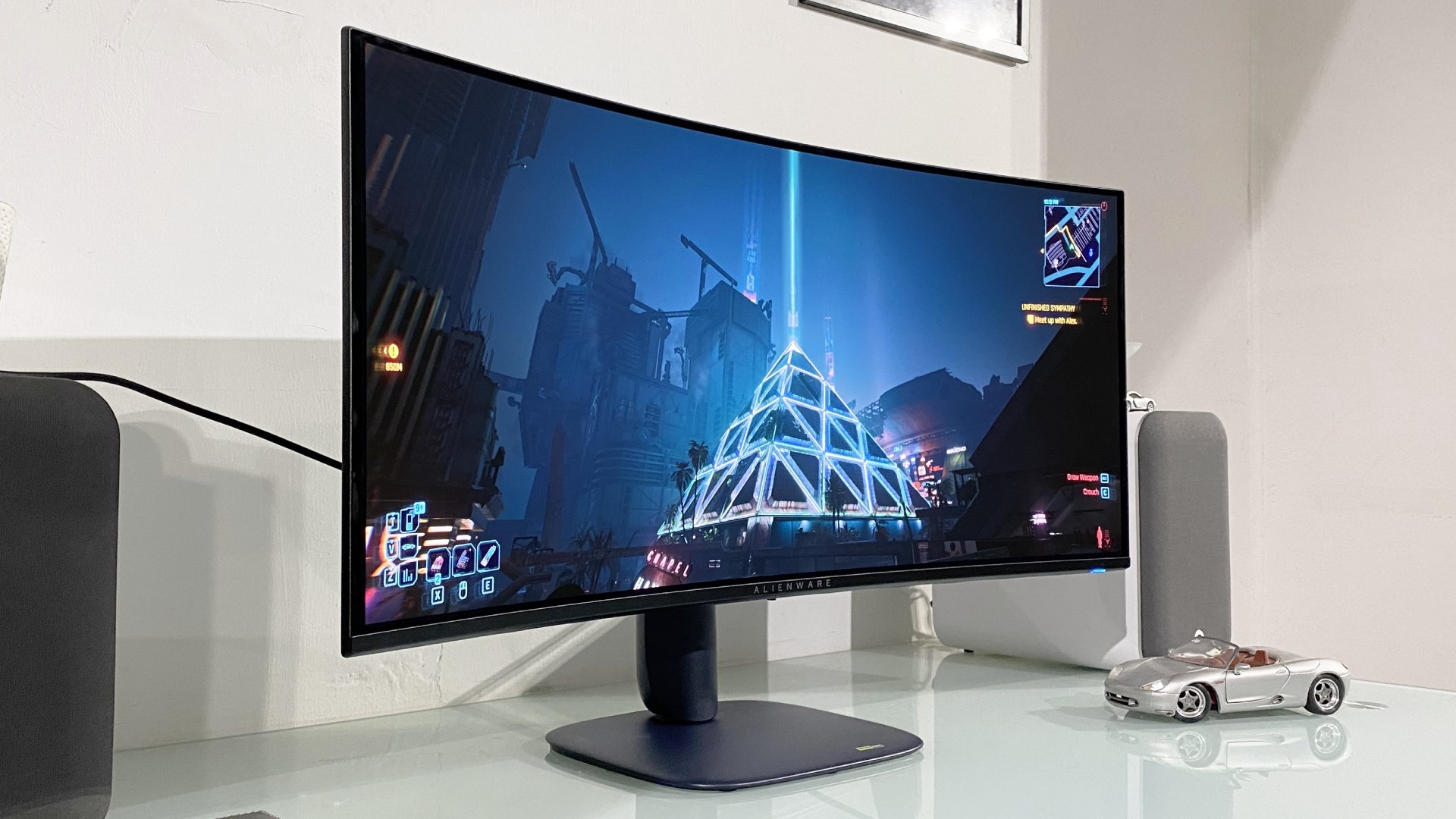
So, what exactly has changed, apart from the refresh rate bump? Most obvious is the physical design. Alienware has applied the same AW30 aesthetic as the Alienware 27 AW2725Q I reviewed back in March.
Implemented to celebrate 30 years of Alienware hardware, it's said to be inspired by extra-terrestrial phenomena and the Aurora Borealis. and ditches the black and white plastics used for previous Alienware monitors in favour of a dark blue hue known as "Interstellar Indigo".
The curved, organic shapes are a departure for Alienware and give it a slightly dated '90s vibe.
When I reviewed the 27-inch 16:9 aspect AW2725Q, I said, "the curved, organic shapes of the rear of the chassis and also the stand and base are definitely a departure for Alienware and give it a slightly dated '90s vibe." That applies just as much to this ultrawide model. It's a subjective call, obviously, but I prefer the old look.
In terms of the actual viewing experience, for the most part you'd struggle to distinguish it from the Alienware 34 AW3423DWF (the original AW3423DW is a little different thanks to its matte screen coating). For sure, the smoothness is slightly improved by the 240 Hz refresh (provided you have a decent GPU that can push out frames fast enough). But the overly warm colour temperature is immediately apparent, too.
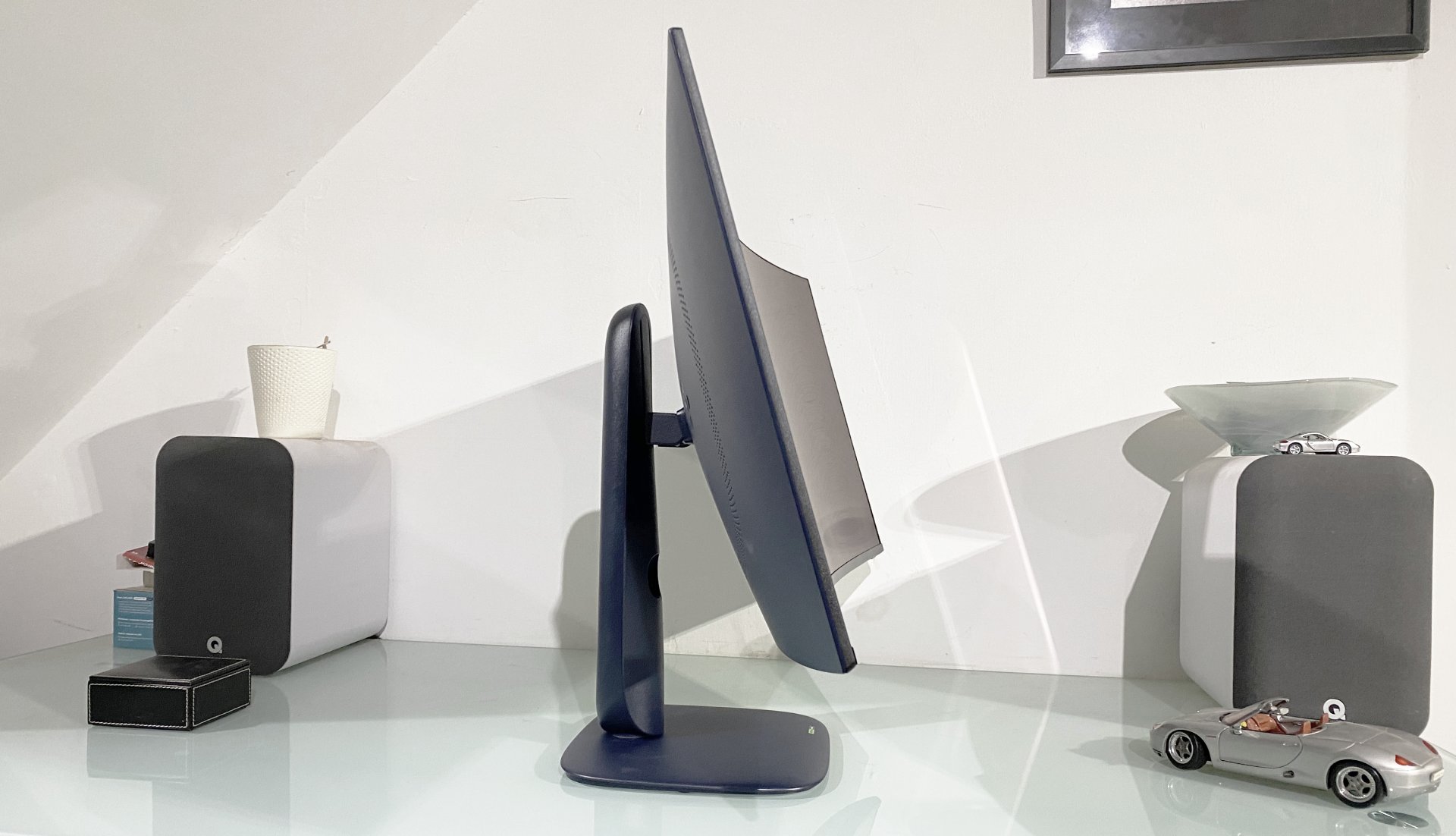
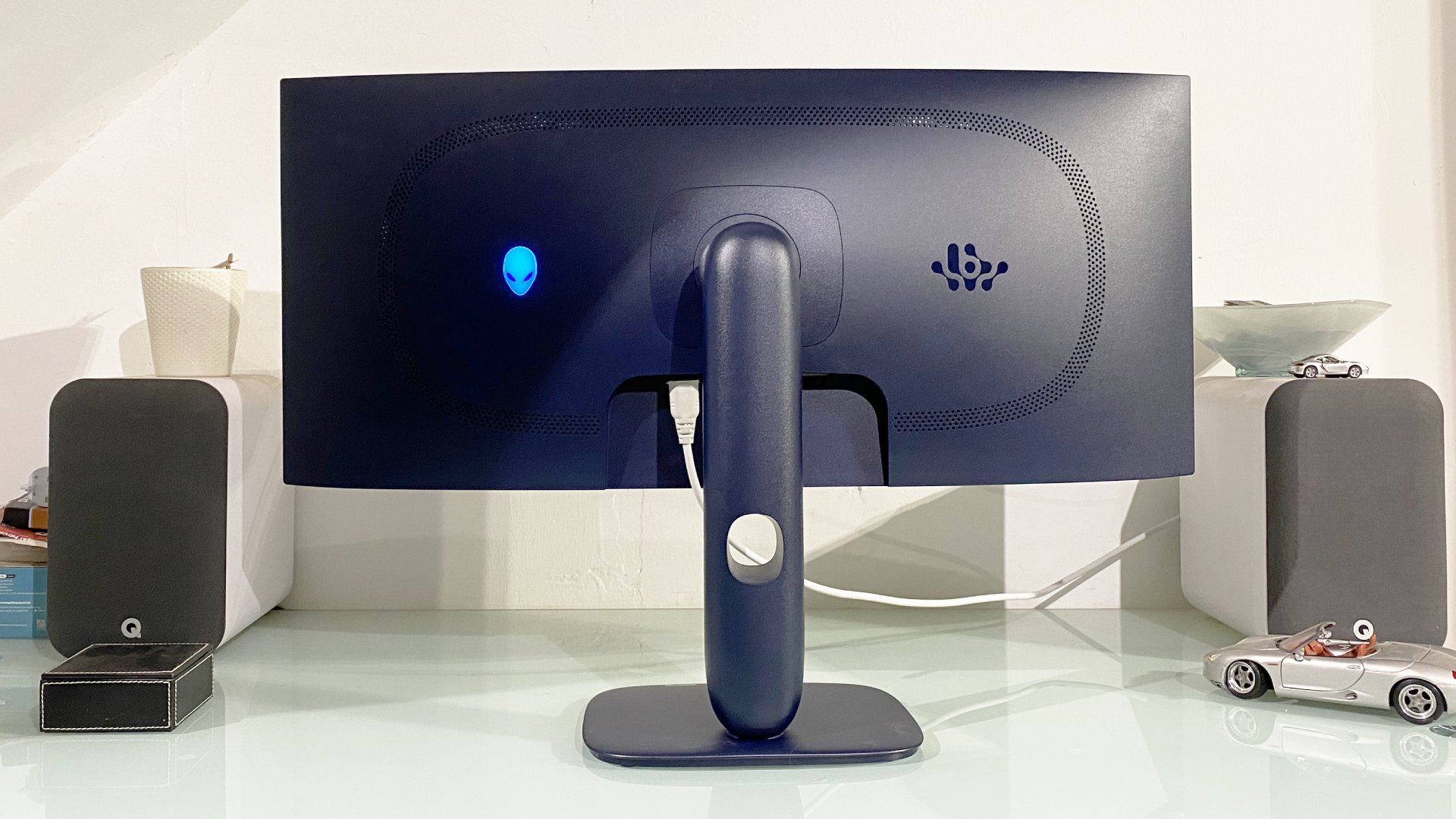

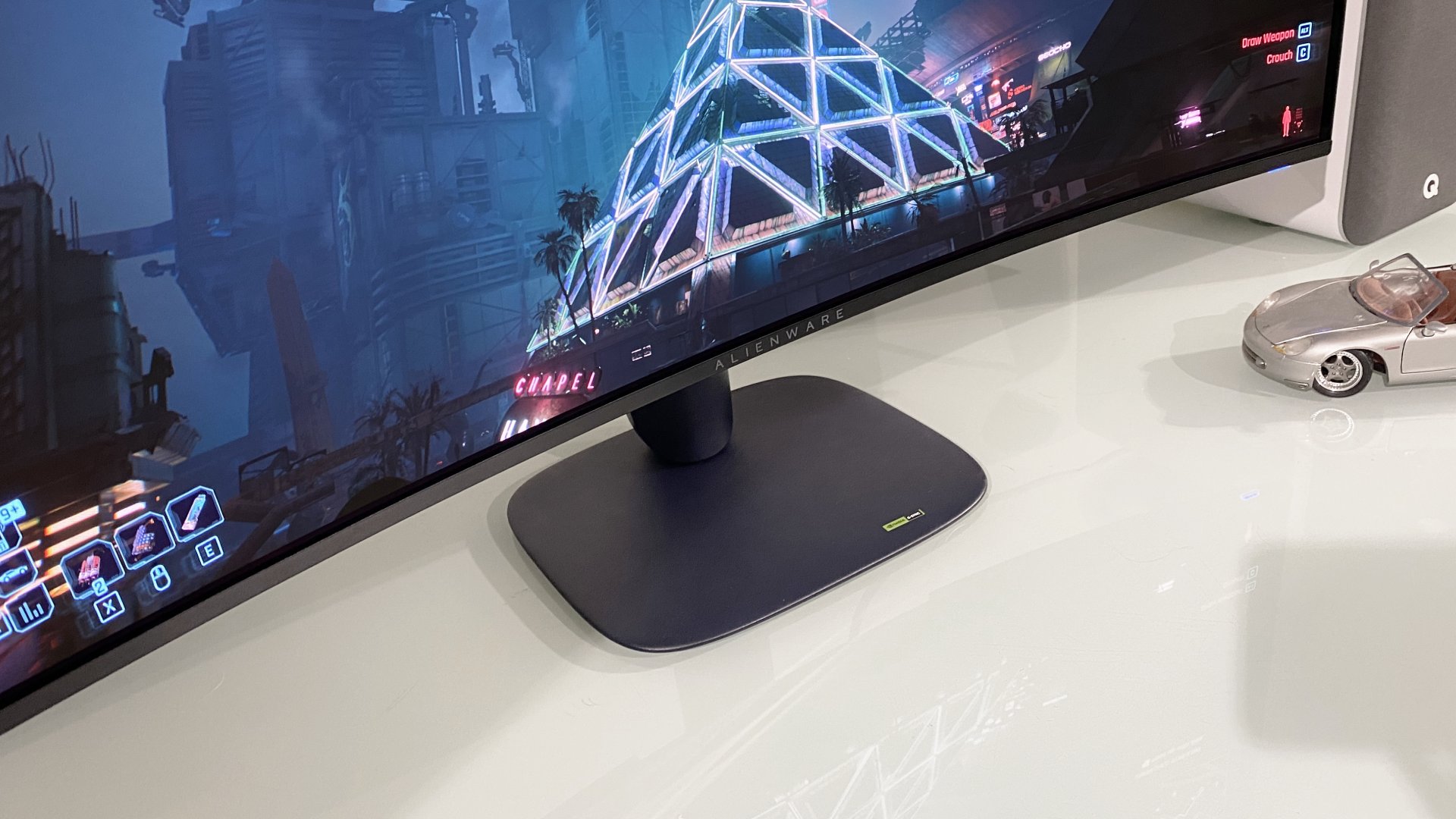
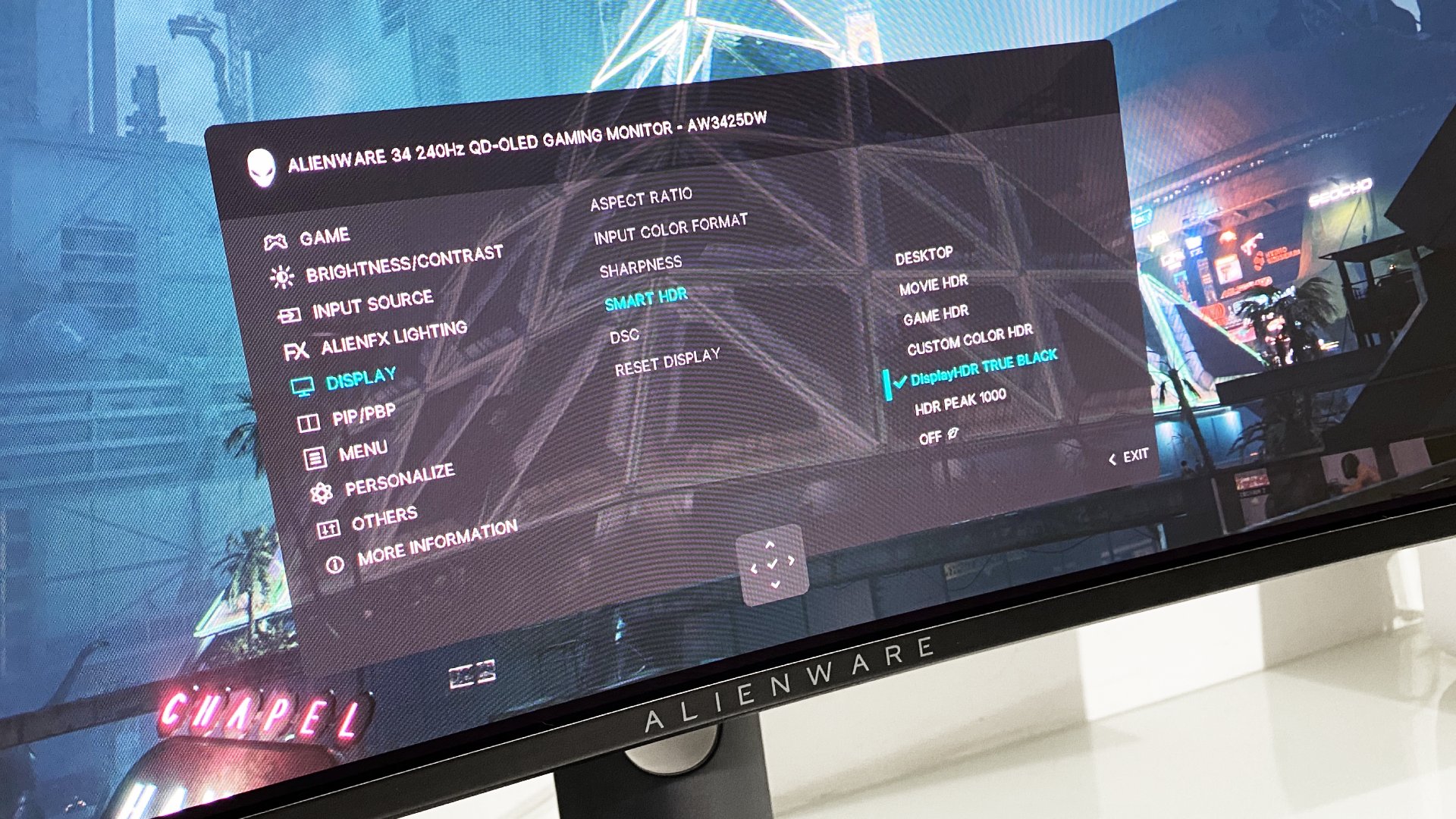
Of course, so is the general vibrancy. This is a pretty punchy monitor, despite the relatively modest full-screen brightness capability. QD-OLED colours really zing. Alienware has implemented a ABL or automatic brightness limiter in SDR mode which means the brightness remains constant and doesn't, for instance, dip when you open a large, white application window.
SDR content is actually a little brighter in HDR mode, but some brightness variability is visible, albeit only just. Fortunately, it's not terribly distracting. In terms of HDR in games, the peaks are pretty stellar.
Let's say you're playing an indoor game scene. Highlights like light sources or explosions really pop against the dark background, especially in HDR 1000 mode. No LCD monitor comes close. The catch is that the HDR 1000 mode is noticeably dimmer for brighter outdoor game scenes compared to the DisplayHDR 400 mode, which gives more outdoor pop while slightly capping that peak HDR sizzle. Long story short, there's no single ideal HDR mode, which is a little frustrating.
More generally, I'm a little less convinced by this overall form factor when applied to OLED gaming that I once was. Most of all, the modest 3,440 by 1,440 resolution on a 34-inch panel means that the pixel density isn't great, especially not now that 4K OLEDs can be had in 27-inch and 32-inch form factors.
The impact of that goes beyond just text rendering. The in-game visuals lack detail and sharpness compared to the 4K alternative. What's more, upscaling technologies like Nvidia's DLSS don't work as well when mapping to a relatively low resolution like this.
Upscaling in quality mode on a 4K or 3,840 by 2,160 resolution panel generally means a base resolution of 2,560 by 1,440, which is comparable to this monitor's native res. For this Alienware, the base resolution will be well below that, even in quality mode and it shows. Of course, the lower resolution makes it much easier to run native on this panel and get frame rates comparable to quality upscaling on a 4K monitor, but you're not getting comparable image detail.
I felt the impact of the mere 1440p-class resolution even more with this new Alienware 34 AW3425DW than its predecessors.
Anyway, the overall upshot is that I felt the impact of the mere 1440p-class resolution even more with this new Alienware 34 AW3425DW than its predecessors. I prefer the 34-inch ultrawide form factor offered here, but I also want the superior pixel density of the 4K alternatives.
To put it another way, where I used to think the modest pixel density was problematic on the desktop but fine for gaming, I'm now beginning to feel it in games, too, thanks to the unflattering comparison with the stunning detail offered by 4K OLEDs. Now I've had that crispy 4K OLED experience, I can't unsee it. So, yep, I've gone from being very pro 34-inch ultrawides to slightly less convinced.
✅ You want ultrawide HDR thrills: Once you've experienced HDR on an OLED monitor, you absolutely won't want to go back to any LCD panel.
❌ You want the latest OLED tech: This monitor uses first-gen QD-OLED panel technology. It's still good, but it's a little off the pace.
As I understand it, LG and Samsung have 34-inch 5K2K ultrawide OLED panels in the works, which will have the same pixel density as a 27-inch 4K monitor. In the meantime, all 34-inch ultrawide OLED gaming monitors have the same 3,440 by 1,440 resolution as the OG Alienware offered back in 2022.
Still, if you are generally sold on the prospect of a 34-inch 1440p OLED monitor this Alienware is plenty appealing. It may be first-gen QD-OLED tech, but it's still spectacular. I just think it's a slightly hard sell when you can get a 32-inch 240 Hz 4K model for similar money, or even cheaper if you forgo a few Hz.
All of which means, if the whole 1440p versus 4K thing doesn't resonate with you, fair enough, here's the bottom line: This is a minor update to a really good OLED monitor. You get higher refresh for essentially the same price. The catch is that the market has moved on in the last few years and that means the Alienware 34 AW3425DW is decent value, but it's not a stellar deal right now.



